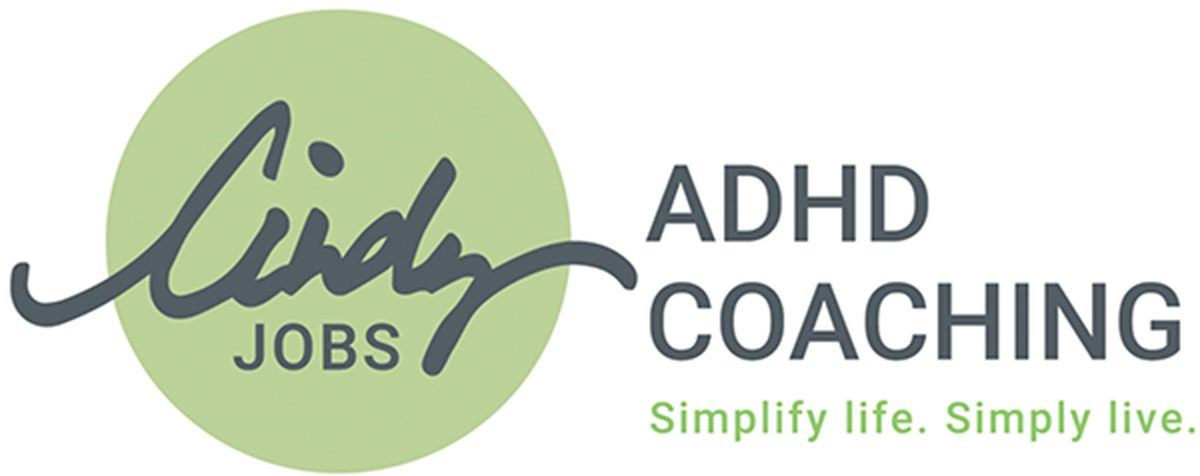In times of stress, emotional control can get the better of us.
What’s important to remember, however, that you, the thinker, is in charge, not the thought or emotion.
My go-to suggestion about emotions is this:
“Acknowledge all of your emotions, but only empower those that serve you.”
You have the power.
Although thoughts and emotions are nearly impossible to ignore. And the harder we try, the more difficult they are to let go of.
Think about it this way:
When someone says, “don’t think about a white elephant,” pretty much all you can think about is a white elephant. The harder you try to NOT think about the white elephant, the more your brain focuses on the white elephant.
Thoughts and emotions are the same. If we try to ignore or suppress our emotions, the stronger they fight back. The good news is, you, the thinker is in charge of choosing what to do with them. You, the thinker, is in charge of what emotions to focus on.
As an example, let’s use the following parable.
The Tale of the Two Wolves
One evening, an elderly
Cherokee brave told his
grandson about a battle that
goes on inside people.
He said “My son, the battle is
between two ‘wolves’ inside us all.
One is evil. It is anger,
envy, jealousy, sorrow,
regret, greed, arrogance,
self-pity, guilt, resentment,
inferiority, lies, false pride,
superiority and ego.
The other is good.
It is joy, peace love, hope serenity,
humility, kindness, benevolence,
empathy, generosity,
truth, compassion, and faith.”
The grandson thought about
it for a minute and then asked
his grandfather:
“Which wolf wins?”
The old Cherokee simply replied,
“the one that you feed.”
I thought about this story when I was listening to a Brene’ Brown podcast about emotions and meta-emotions. When we are experiencing strong emotions, focus on which you want to feed. Do you feed the positive emotion (“I feel joy in the ability to spend this time with my children.”). Or do you feed the negative emotion of (“I’m feeling frustrated because my children won’t listen.”).
To add another layer, each of these scenarios may also include meta-emotions, how we feel about our feelings.
For example: “I feel gratitude in the ability to spend this time with my children.” The positive emotion is gratitude, the meta-emotion possibly is joy or hope.
In contrast: “I’m feeling frustrated because my children won’t listen.” The negative emotion is frustration, the meta-emotion possibly is fear or guilt.
Meta–emotions can be classified into four types: negative-negative (e.g., feeling embarrassed about feeling sad), negative-positive (e.g., feeling guilty about feeling happy), positive-positive (e.g., feeling hopeful about feeling relieved), and positive-negative (e.g., feeling pleased about feeling angry),”
In this time of stress, how are you acknowledging all of your emotions, empowering your positive emotions, and making sure the positive wolf gets fed.
Cindy Jobs
Looking for more information?
Click here for ADHD-friendly Time Management Tools
Click here for 15-minute organizing tips.
Click here to schedule a complimentary breakthrough session.
For more helpful information, follow me on Facebook.










